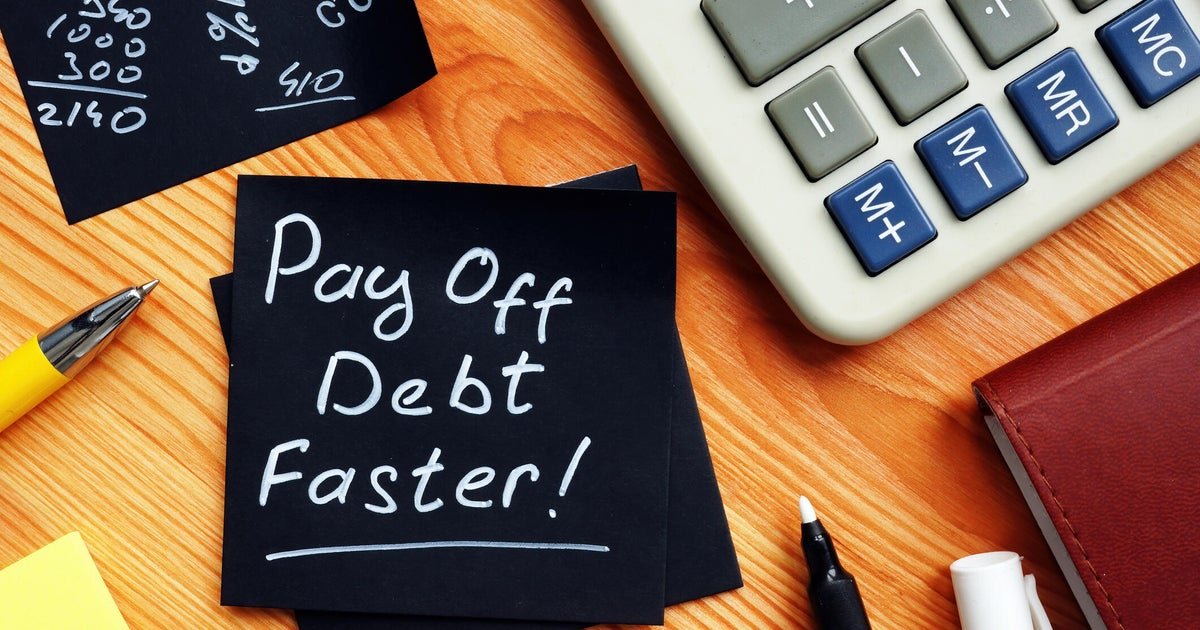Getty Images/iStockphoto
With average credit card interest rates hovering close to 22%, the cost of carrying balances has become more than just a nuisance. It’s a significant financial burden. But if recent statistics are any indication, Americans are taking their collective $1.21 trillion in credit card debt seriously. According to the 2025 Credit Check-In by Happy Money, released this week, nearly 60% of U.S. adults consider paying down credit card balances a top financial priority right now, highlighting a growing awareness of the risks of carrying high-rate debt.
But while the motivation to pay off credit cards is clear, the survey also shows that about 45% of adults have more than one credit card balance currently. That’s perhaps unsurprising, given how reliant cardholders have become on this type of short-term borrowing in today’s high-rate, inflationary landscape. However, owing money on more than one credit card can make it even more difficult to get rid of what’s owed. And, the differing due dates and payments on those card accounts can further complicate the process.
With the right approach, though, even the most complex debt picture can be simplified and tackled successfully, reducing the payoff timeline by months or even years. So, what strategies will actually help move the needle with your credit card debt? That’s what we’ll answer below.
Find out how you can get help with your high-rate credit card debt today.
Here’s how to pay down credit card debt now
The debt relief approaches outlined below can be used to reduce what you owe while making your payments more manageable:
Credit card debt forgiveness
Credit card debt forgiveness, also commonly referred to as debt settlement, is a process that involves negotiating with creditors to try and reduce the total amount you owe. While you can attempt to navigate this on your own, many borrowers use a debt relief company to work on their behalf to secure settlements that are 30% to 50% lower than what they currently owe (on average).
This strategy generally requires you to be facing a financial hardship, like a job loss, divorce or medical issue, that makes it tough to meet your current debt obligations. And, if you qualify, it may have a negative impact on your credit score. If the negotiations are successful, though, this process can accelerate repayment and decrease the overall cost of debt.
Learn more about debt forgiveness and your other debt relief options here.
Debt management
A debt management plan through a credit counseling agency is another option to consider. When you take this route, the credit counselor you work with will help you create a plan that lowers your interest rates and fees while consolidating multiple credit card payments into a single monthly payment made to the counseling agency. The agency then distributes the funds to your creditors.
The reduced rates and fees make it easier to pay off your balances over time, and having a single payment obligation each month can make your debt easier to manage. You should note, however, that enrolling in a debt management plan may require you to close the credit cards included in the plan. Maintaining on-time payments is also critical if you want to avoid additional fees or account closures.
Credit counseling and budgeting support
Credit counselors don’t just provide you with access to debt management programs. They can also offer personalized guidance on managing money and repaying debt. This can include advice on cutting expenses, prioritizing payments and avoiding future debt, all of which can be useful in both the short- and longer-term. If you’re going to successfully use this strategy, though, it’s important to approach credit counseling with an open mind and be ready to adjust your spending habits.
Hardship programs
If you’re still current on your payments but are facing a financial setback, you may want to look into any credit card hardship programs your issuers offer, which may temporarily reduce monthly payments, lower interest rates or waive late fees. These programs can be particularly useful for those facing short-term financial challenges, such as a job loss or medical expenses. It’s worth mentioning, however, that hardship programs are typically a temporary fix, and not all issuers offer them, nor do all borrowers qualify to enroll.
Professional or DIY debt consolidation
If you’re juggling multiple balances, debt consolidation through a loan or balance transfer credit card can simplify the repayment process and reduce the interest rate you’re paying on your debt. By consolidating your debt, you’re rolling multiple payments into a single monthly obligation. That makes it easier to track your progress while reducing the risk of missing payments, which can lead to fees and additional interest.
You may also have the option to enroll in a debt consolidation program through a debt relief company. Like traditional debt consolidation, the goal of these programs is to roll multiple debts into one loan and lower your rate overall. The big difference is that the loan is issued through the debt relief company’s third-party lender partners, who typically have more flexible borrowing parameters than a traditional lender, making it easier to qualify.
The bottom line
Americans are prioritizing credit card debt repayment right now, and the numbers show why: Balances are high, interest rates are steep and the stress of juggling multiple accounts is real. Breaking free from credit card debt requires more than good intentions, though. It also requires a strategic approach, and, in many cases, some tough decisions about changing your financial habits. With a clear plan in place, however, what feels like an overwhelming mountain of debt right now can become a manageable path toward financial freedom.
#Paying #credit #card #debt #top #goal #Americans #Heres



